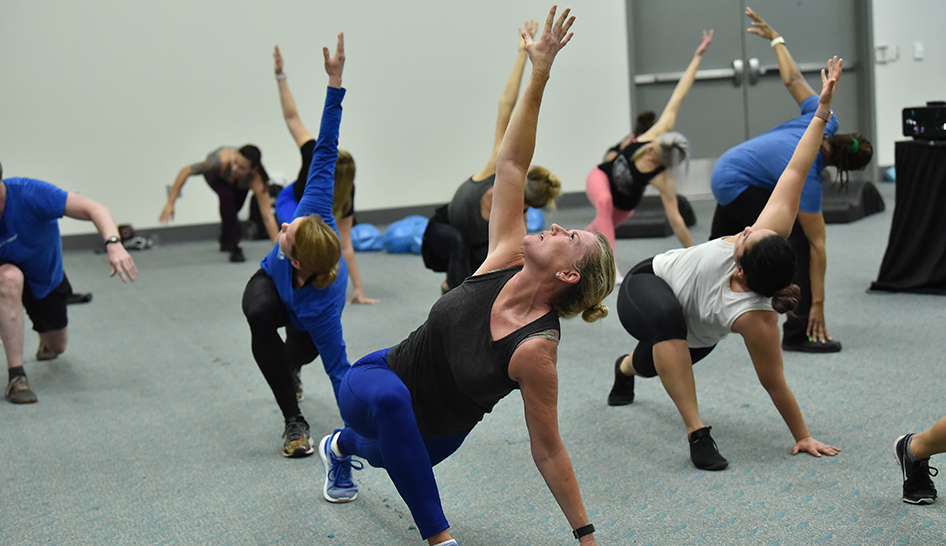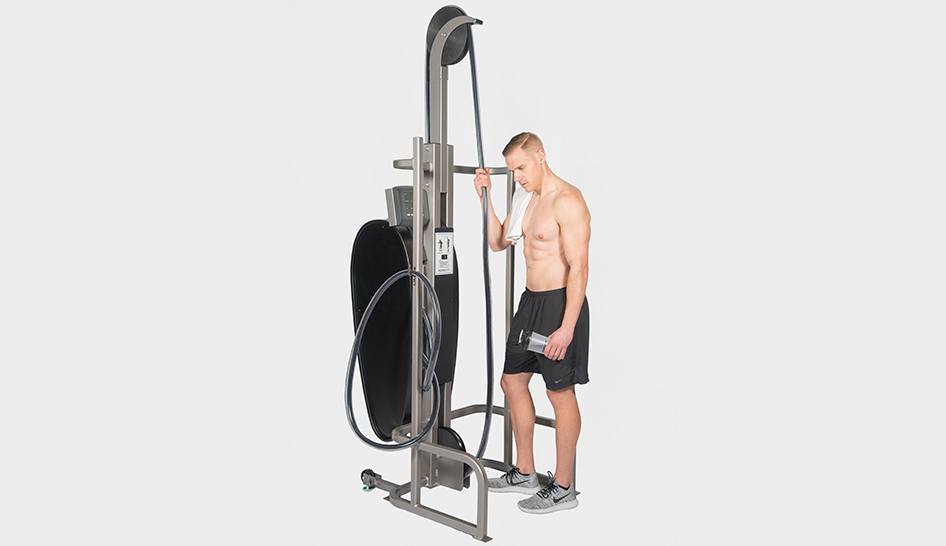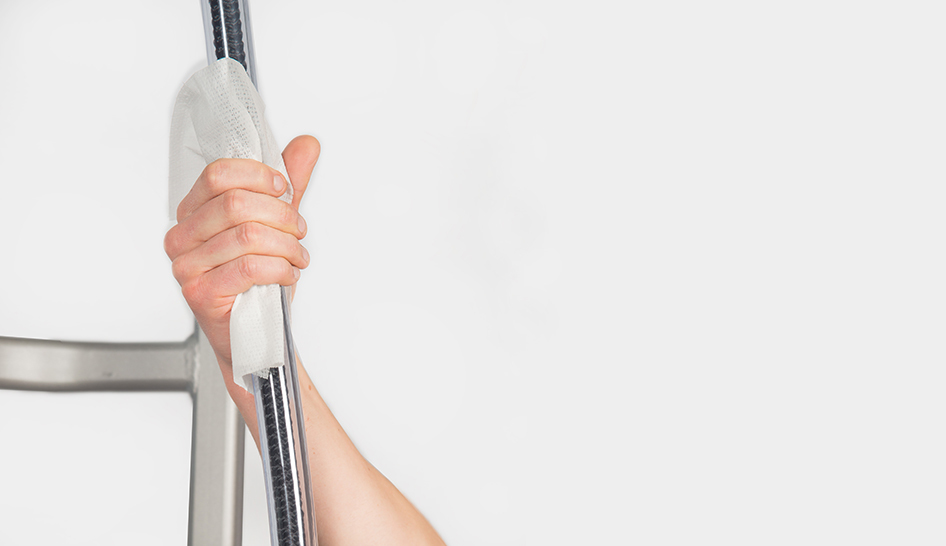Hot workout trends are both a blessing and a curse to the health club industry.
While new training systems can bring more people into the fitness lifestyle, clubs come under a lot of pressure to spend significant capital on new equipment and instructors with specialized skills.
Unfortunately, some of these trends are flash in the pans, leaving club owners with expensive equipment that collects dust in a storeroom. Boutique concepts that make their way to the mainstream can be hit or miss. In the end, it’s difficult to know exactly what has long-term promise, but when it works, it’s great for everybody.
Yoga is a perfect example of a unique workout experience that has been successfully adopted by mainstream clubs after incubating in studios. According to the 2018 IHRSA Health Club Consumer Report, yoga is currently the No. 1 group exercise activity at health clubs nationwide. Yoga’s quick rise in popularity is in sync with the explosion in the wellness market, a sector of the economy that’s worth $4.2 trillion dollars, according to data compiled by the Global Wellness Institute.


